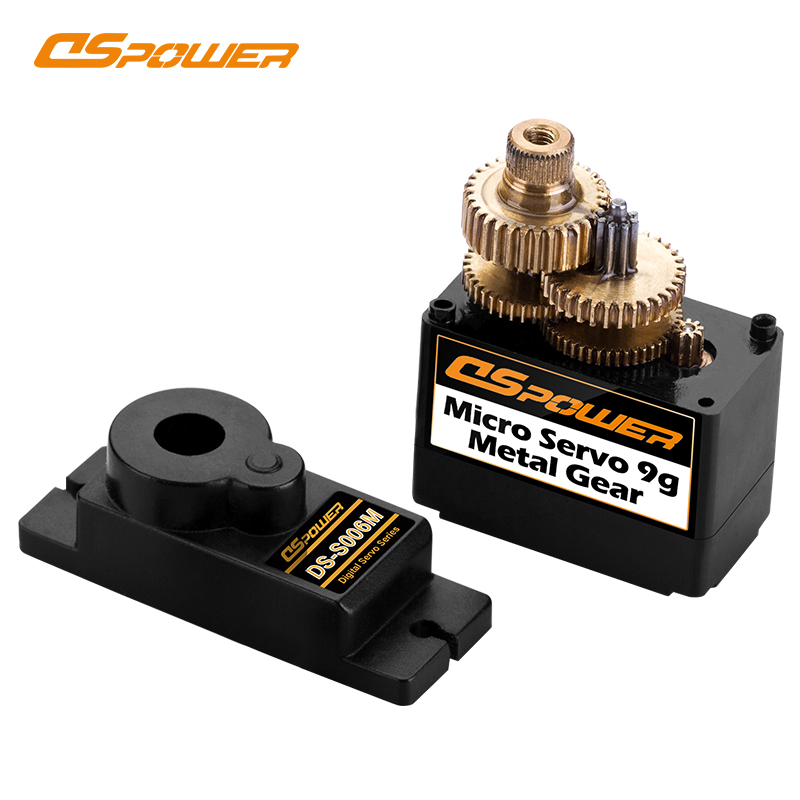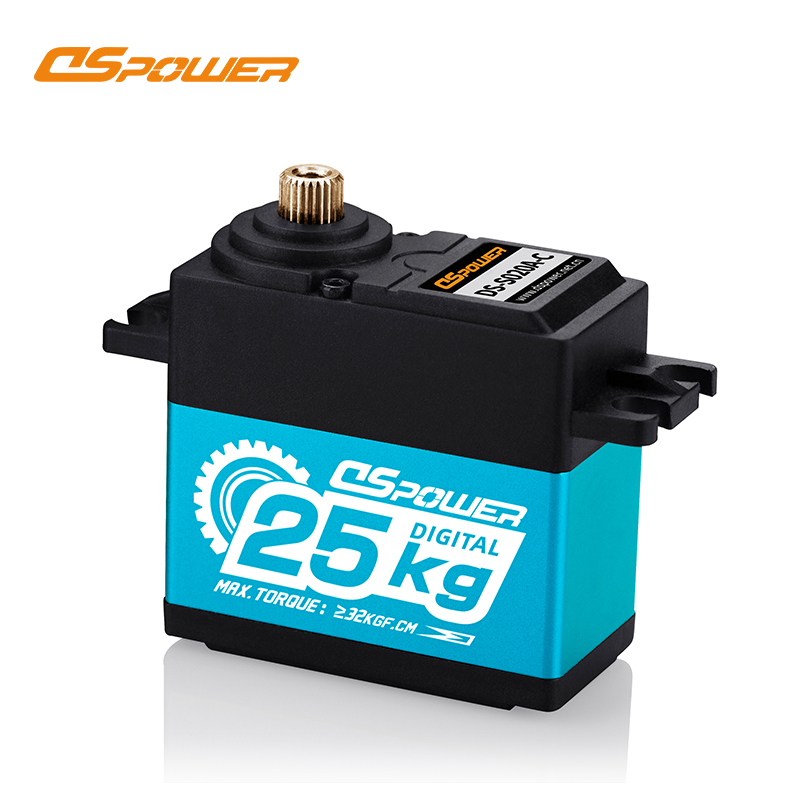The difference between a digital servo and an analog servo lies in the way they operate and their internal control systems:
1、Control Signal: Digital servos interpret control signals as discrete values, typically in the form of pulse width modulation (PWM) signals. Analog servos, on the other hand, respond to continuous control signals, usually varying voltage levels.
Resolution: Digital servos offer higher resolution and precision in their movements. They can interpret and respond to smaller changes in the control signal, resulting in smoother and more accurate positioning. Analog servos have lower resolution and may exhibit slight position errors or jitter.
Speed and Torque: Digital servos generally have faster response times and higher torque capabilities compared to analog servos. They can accelerate and decelerate more quickly, making them suitable for applications requiring rapid movements or high force.
Noise and Interference: Digital servos are less susceptible to electrical noise and interference due to their robust control circuitry. Analog servos may be more prone to interference, which can affect their performance.
Programmability: Digital servos often offer additional programmable features, such as adjustable endpoints, speed control, and acceleration/deceleration profiles. These settings can be customized to suit specific application requirements. Analog servos typically lack these programmable capabilities.
It's important to note that these differences may vary depending on the specific models and manufacturers of the servos.
Post time: May-24-2023


